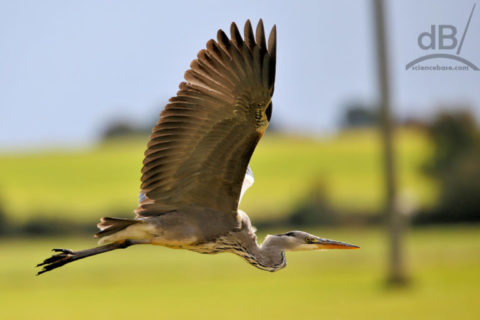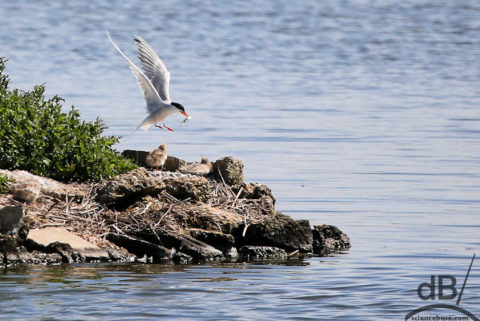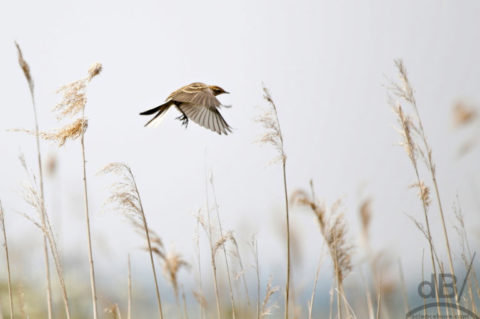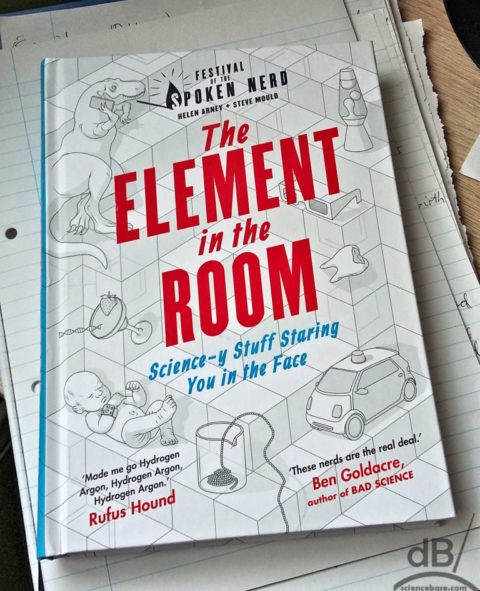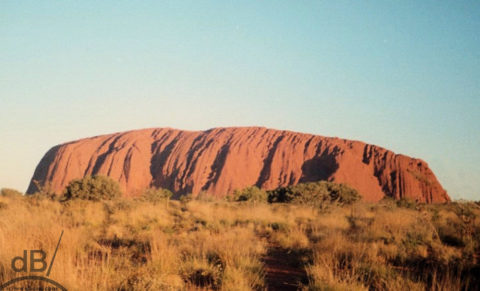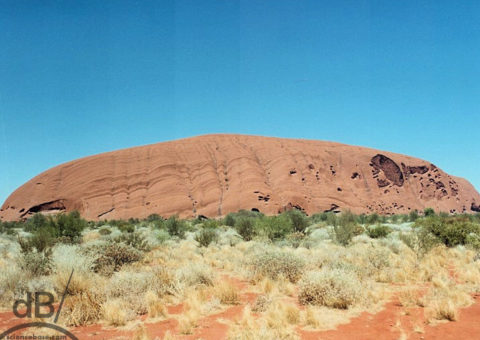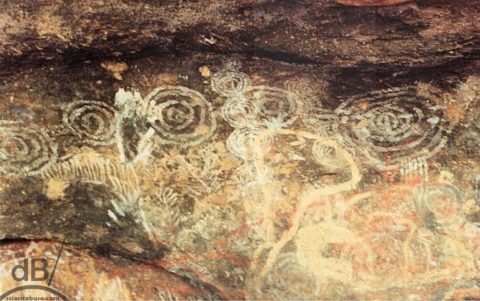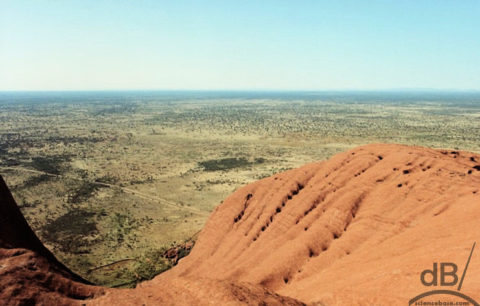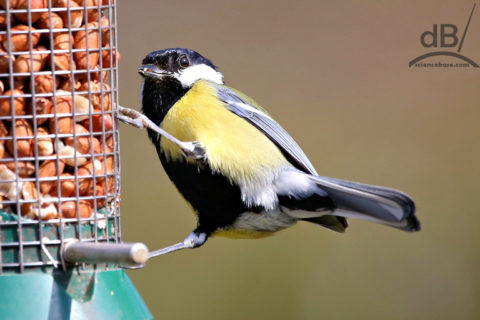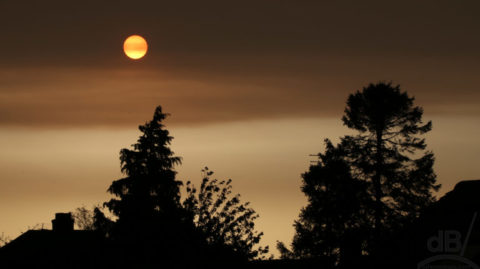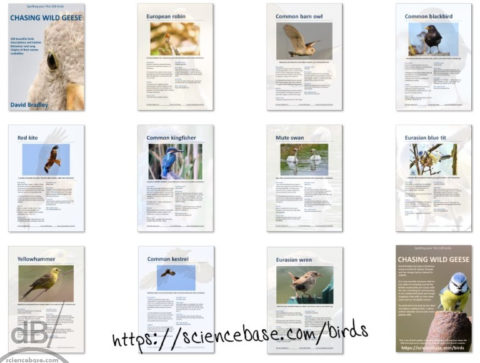UPDATE: And the winner is:Â The Australian magpie (Gymnorhina tibicen) with 19,926 votes, second place was the Australian white ibis (Threskiornis molucca) with 19,083 votes and the laughing kookaburra (Dacelo novaeguineae) gets the bronze with just 10,953 votes.
ClassicFM’s @TimLihoreau alerted me over breakfast this morning (via the “airwaves”, that is) that The Grauniad is publicising the vote for Australia’s bird of the year. Now, having visited and traveled several thousand miles through Australia back in October-December 1989, I can vouch for the abundance and have a few photos in my collection.
I mentioned to Tim that I remembered @Mrs_Sciencebase and myself sitting on the harbour wall in Cairns after our day’s diving (snorkelling, actually) on The Great Barrier Reef, when a huge pelican sat down with us…not six feet away. I don’t think we ever saw a Willie Wagtail but she claims to have seen a cockatoo…
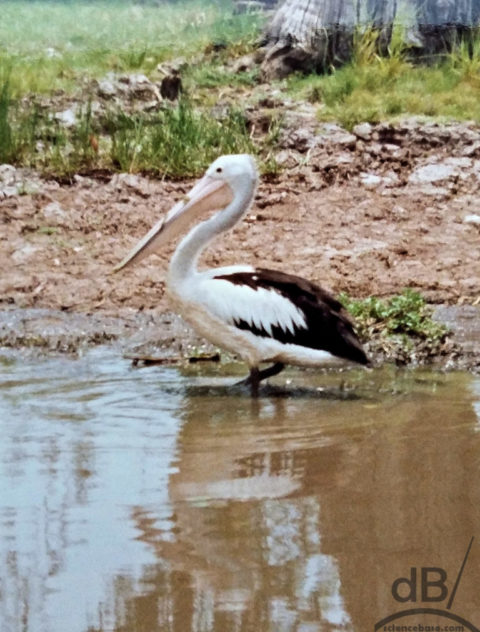
Ahem, that aside, in our albums (remember those?) we do have photos of the magpie lark (Grallina cyanoleuca), also known as the peewee, peewit or mudlark. We saw great egrets, pelicans elsewhere (the one pictured above was snapped in Nitmiluk National Park), sulfur-crested cockatoos, and the highlight a salt water crocodile hunting and catching magpie geese. The guide on our boat in that particular billabong told us we would be unlikely to see a croc at all!
More of our photos of the birds of Australia in my blog post The Pelican Brief.
